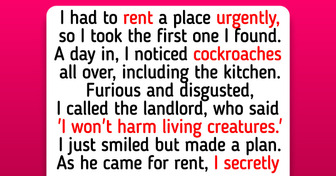15+ Stories That Prove the Family Group Chat Is Our Favorite Sitcom
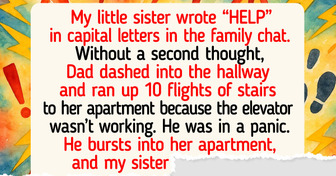
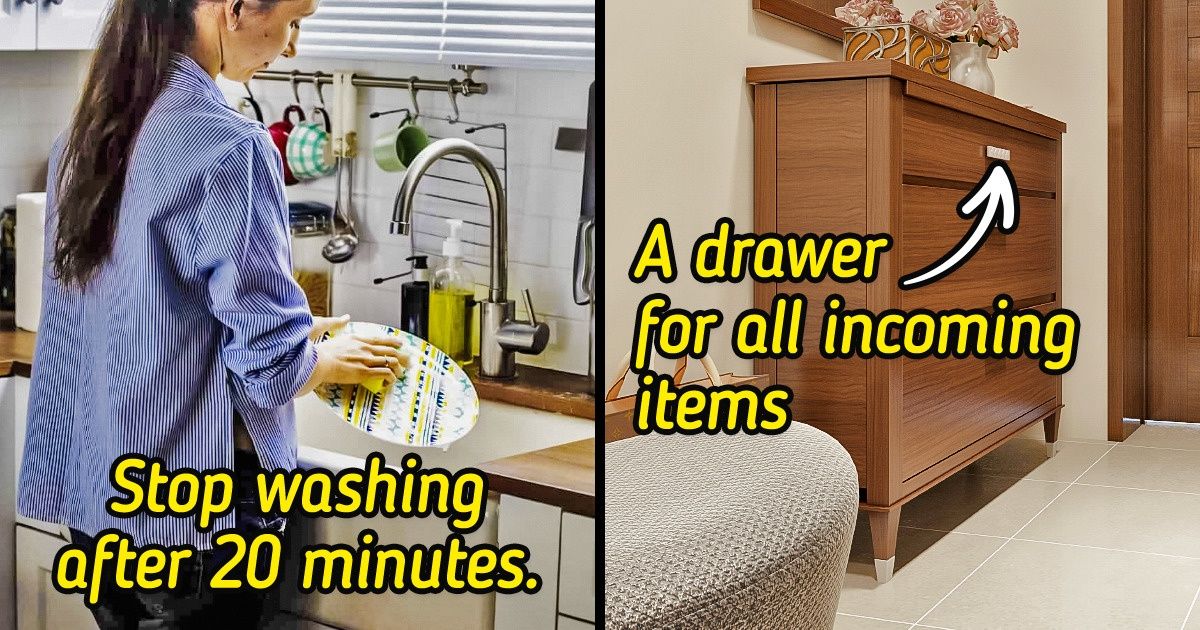
Cleaning is a routine chore, the result of which can affect our mood and productivity. A study showed that people felt more stressed and tired in cluttered rooms than in clean rooms.
At Bright Side, we strive to make our everyday lives easier and more comfortable, so we found methods that can help you clean your home as effectively as possible. In the end, you will find a bonus that describes the method of a minimalist.
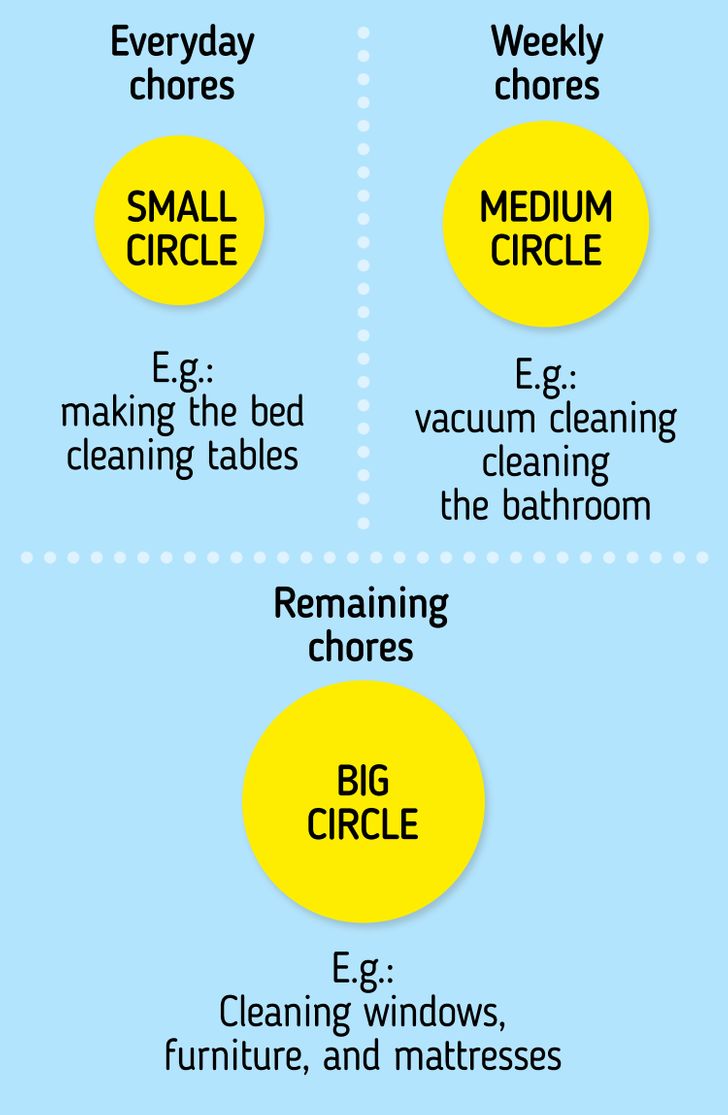
First, you need to divide all your chores into 3 or more groups. Here’s a suggestion:
This simple method will help you to not postpone your chores and decrease your anxiety.
Every day after their morning prayer, Zen monks do a cleaning for 20 minutes. They sweep the floor, do dishes, and clean windows. Nothing special, we do it every day. But there is one important difference.
When the 20 minutes are up, monks stop doing what they were doing even if it wasn’t finished. They do the cleaning not for the sake of decluttering or comfort. They think of it as a part of their meditation process.
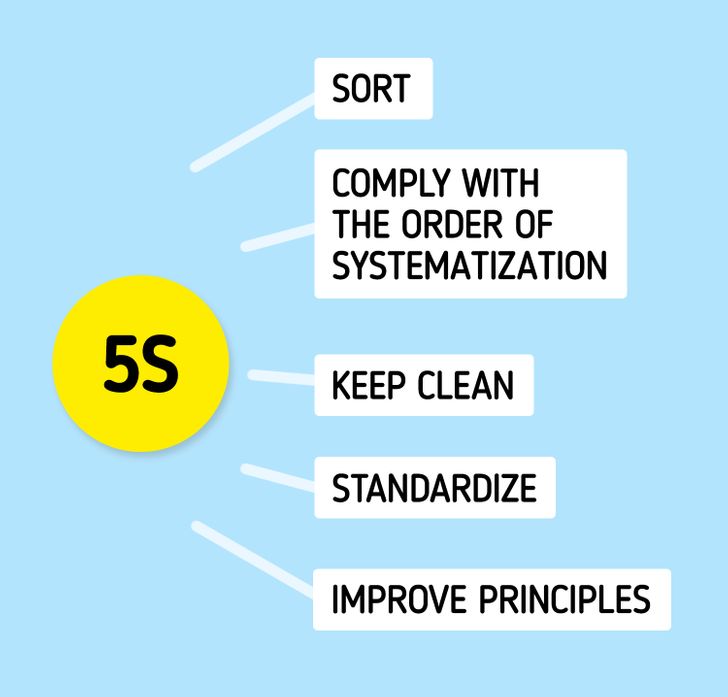
Kaizen is a practice that was invented in Toyota automobile factories to perfect the working processes, while spending a minimum of money on the organization of production.
It’s based on the 5S system:
Do you want to clean your home for no more than 20 minutes a day? With this method, you’ll be able to keep your home clean without a lot of effort.
This way, you won’t have to spend a lot of time to enjoy your clean home.
Divide your home into zones:
You should allocate at least 30 minutes for each zone. On Monday, you should start with zone 1. On Tuesday, it’s up to you. You can take a day-off, or move to zone 2. All in all, you’ll get 4 cleaning days, and 3 free days a week.
This method works best for those who want to clean their home all at once and not to draw out the cleaning for days. The most important thing in this method is the order of your actions inside the room. You should start with the farthest corner and clean clockwise.
The author of this method is popular Chinese interior designer Lu Wei. Recently she wrote a book where she described how to store things without cluttering the space. Here are her main recommendations:
Fumio Sasaki practices living in a minimalist way. He suggests a radical method of decluttering — just don’t buy things that you can do without. According to him, If there is an earthquake he can leave home with all his stuff which will fit inside one small bag.
Which method do you find more useful? Or maybe you have your own method? Share it in the comments below.

